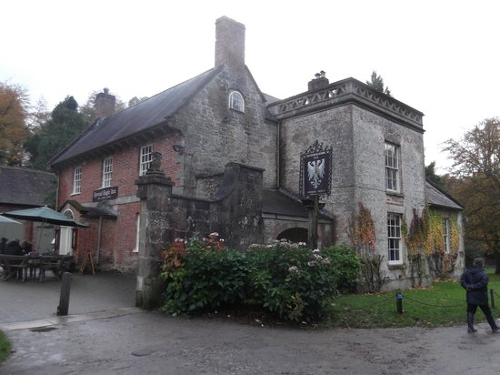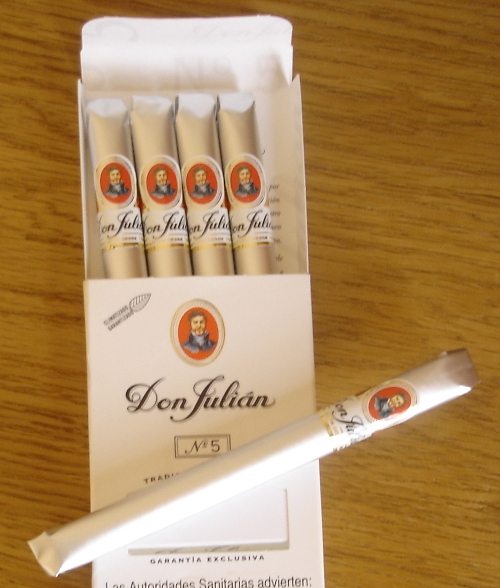RAF is 100
The RAF is 100 this year. The oldest air force in the world marks its centenary on April the 1st. You can find a growing list of events to commemorate and celebrate this prestigious milestone here.
Per Ardua ad AstraFrom the RAF's illustrious history, I guess the Battle of Britain generates the most interest. In this context, a good place to visit is the Bentley Priory Museum in Stanmore, London, although I prefer the National Memorial to The Few in Kent for quiet reflection.
Ginger LaceyAround 3,000 RAF personnel — 'The Few' — took part in the Battle of Britain, which lasted over three months from July 1940. Victory in the battle was seen as the turning point in the war. If you like 'listicles', this one lists the top 10 RAF fighter aces of the Second World War. I've been reading up on old Ginger Lacey. He was a bit of a card.
An Original IrvinThe RAF Museum Shop is stocking items related to the centenary celebrations, as would be expected. And nice things they are too. You mods might like the t-shirts with the RAF roundels, but my disturbingly covetous mind can't get past the flying jackets. Redolent of the golden period of the RAF and built to last long enough for its own centenary, the Original Irvin Sheepskin Flying Jacket is made in the UK and is based on the jacket designed by American aviator Leslie Irvin, creator of the rip-cord parachute. The jacket is made from thick yet supple sheepskin, essential for drafty cockpits, with leatherbound seams, brass zips and a cast brass buckle.
Irwin produced the jackets in Letchworth, Hertfordshire during the Second World War. After Irwin stopped making the jackets, in the 1970s Simon Green of Mota-Lita steering wheels — a fan of the jackets — worked to bring this beloved jacket back into production. With the help of archivists at RAF Hendon, a jacket faithful to the original was recreated and Aviation Leathercraft was born. They are still making them and we still hang out our tongues in anticipation of owning one.

Reckless whimsyTo complete the look you will need scarf to tuck into the collar of your flying jacket. The classic RAF approach would be to use a plain white silk one, the kind you might wear to dinner parties for a dash of reckless whimsy.
Alternatively, I think I might be tempted with the blue spotted Bader Aviator Scarf from the Imperial War Museum Shop.
RAF pilots also wore tonnes of polka dot scarves. British hero Sir Douglas Bader (below) was a spot-er himself.
Oh, and Douglas reminds us that we can't forget a pipe. Something like the G3 Banded Billiard (below) from Northern Briars of England would be just the job.
Spitfire - The Legend Lives OnWhen you visit Bentley Priory or the National Monument to The Few in your flying jacket and scarf, pipe in mouth and hands clasped behind your back (a sign of admirable self-control), I'm guessing you will be seeing copies of Spitfire - The legend Lives On for sale. Buy one. The book is a collection of photographs of Spitfires 'on the wing' that are just breathtaking (samples below). The photographs were taken by air-to-air photographer John Dibbs with former RAF pilot Tim Ellison. Using a hand-held camera, they got dangerously close to capture their shots on occasion.
I was going to end this post with some actual Spitfire action. A dogfight scene from Christopher Nolan's Dunkirk seemed favourite, but then I found this video produced in association with our good friends at Bremont and thought it more interesting to show some of the background to the flying scenes in the film. Bremont Ambassador and Owner of The Aircraft Restoration Company, John Romain, provided some of the aircraft used in the film and did some of the flying we see.
Did you know RAF has its own collection of prayers and hymns? I was struck by this line in the Royal Air Force Collect 1: "Help us to fulfil our several duties with honour, goodwill and integrity, and grant that we may prove to be worthy successors of those who by their valour and sacrifice did nobly save their day and generation."
Lest we forget, gents.



















Comments
Post a Comment